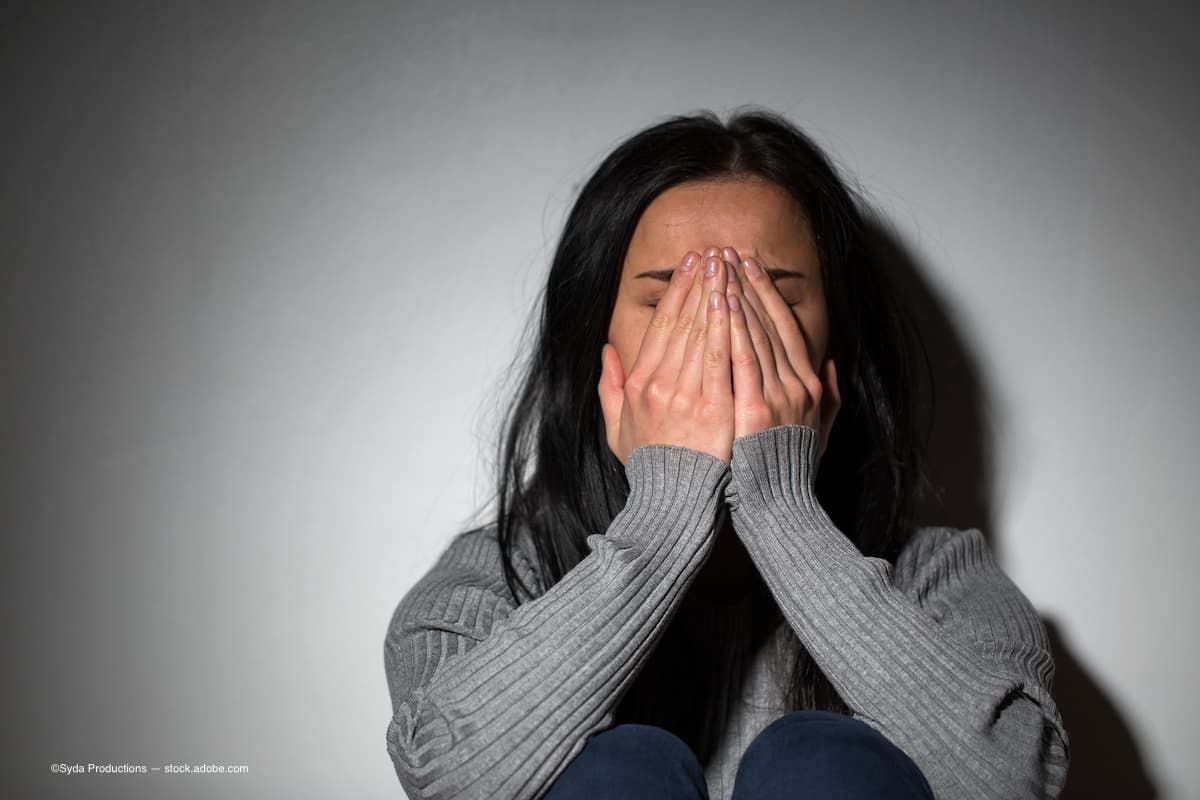Article
Domestic violence study highlights potential awareness in ophthalmology practice
Author(s):
Intimate partner violence awareness in ophthalmologists can be heightened thanks to a recent study.
(Image Credit: AdobeStock/Syda Productions)

A recent study found that sex, race, ethnicity, and socioeconomic level may be risk factors for intimate partner violence (IPV) in the US. Investigators led by first author Maya Alik, BHSc, from McGill University Faculty of Medicine, Montreal, Quebec, Canada, and colleagues reported their findings that call attention to ocular trauma among victims.1
“IPV is an important cause of death and disability worldwide. The literature estimates that 45% of IPV injuries involve the eyes,” the investigators explained. However, while many medical specialties have engaged in more research into this problem, very little such research has been conducted in ophthalmology.
The investigators conducted a retrospective cross-sectional analysis to determine the epidemiologic pattern of IPV–related ocular injuries in US adults. They used the International Statistical Classification of Diseases and Related Health Problems, Tenth Revision, Clinical Modification (ICD-10-CM) codes from the National Trauma Data Bank to identify ocular injuries between 2017 and 2019.
The investigators reported collecting the following data for the study:
- Sex
- Age
- Race and ethnicity
- Health insurance plans
- Substance misuse screening results
- Trauma level of hospital
- Emergency department disposition
- The total Glasgow Coma Scale score
- The abbreviated injury scale
- Caregiver at discharge
Analysis of ocular injuries and associated factors
The results showed that 2,598 of the recorded ocular injuries were associated with IPV. The mean patient age of 45.2 years, with most aged 18 to 39 years; 1,618 were female (62.3%).
The results of race and ethnicity analysis showed that 52.3% were Caucasian, 24.2% Black, 11.4% Hispanic, and 8.8% other; the race and ethnicity were missing for 3.3%.
Of the study patients, 32.6% had Medicaid, 20.2% Medicare, 20.2% private insurance, and 18.8% self-pay. Black patients were most likely to have Medicaid. Hispanic patients were most likely to self-pay and Caucasian patients were most likely to have Medicare (P < 0.001 for all comparisons).
Finally, women had greater odds of testing positive during alcohol screening (P < 0.001).
The analysis showed that almost two-thirds of ocular trauma survivors were female, roughly a third had Medicaid insurance, and about half were Caucasian.
The study authors concluded, “Social determinants of health were identified as key risk factors for IPV-related ocular injuries. Study findings highlight identifiable risk factors associated with IPV and ocular trauma that can contribute to IPV awareness among ophthalmologists.”
Reference:
Alik M, Malik M, Ashrafi R, Wu A. Epidemiologic pattern and injury mechanism of intimate partner violence–related ocular trauma in the US. JAMA Ophthalmol.Published online March 30, 2023; doi:10.1001/jamaophthalmol.2023.0578
Newsletter
Don’t miss out—get Ophthalmology Times updates on the latest clinical advancements and expert interviews, straight to your inbox.




